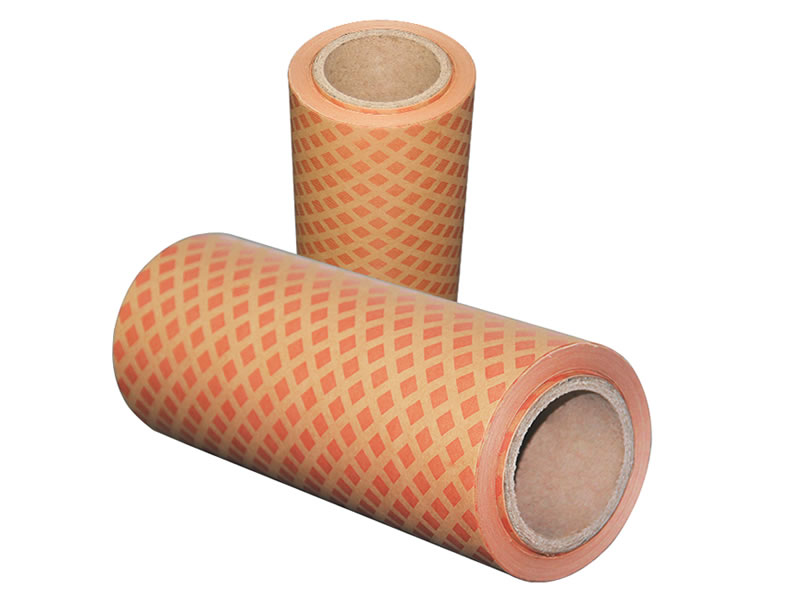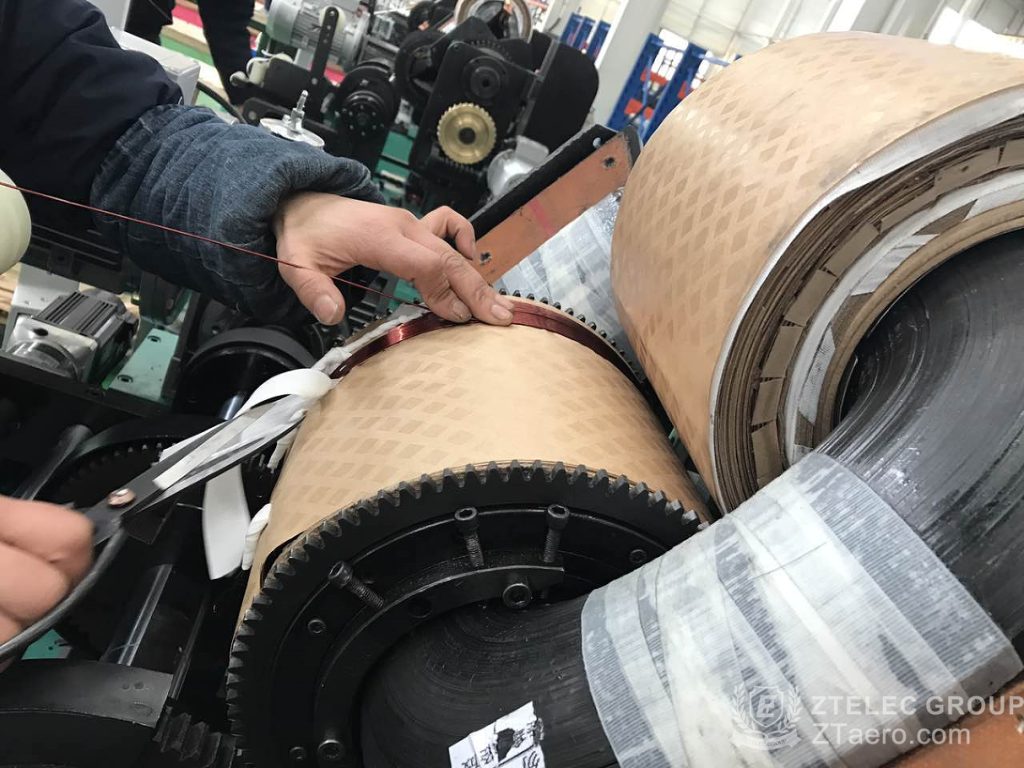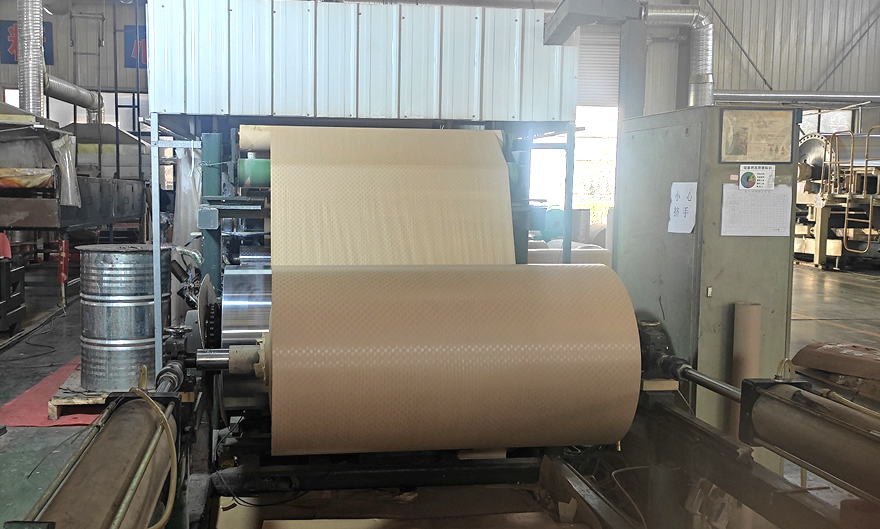1. Introduction to DDP Insulation Paper Full Name: Diamond Dotted Paper (DDP) Structure: Made of electrical insulat...
Full Name: Diamond Dotted Paper (DDP)
Structure: Made of electrical insulating paper as the base material, with diamond-shaped epoxy resin dots evenly coated on the surface (typically covering 25%–50% of the area).
Features: During the hot-press or vacuum drying process in transformer manufacturing, the epoxy dots soften and bond the windings together. After cooling, they solidify to form a stable and robust insulation structure, while maintaining oil or air channels for effective cooling.

Layer Insulation in High-Voltage Windings
Placed between layers of oil-immersed or dry-type transformer high-voltage windings to prevent breakdown and enhance short-circuit resistance.
End Insulation and Reinforcement
Used at the ends of high-voltage windings in conjunction with clamping rings and spacers to reduce the risk of partial discharge and creepage.
Turn-to-Turn Insulation
Certain high-voltage conductors are wrapped with DDP to improve dielectric strength and mechanical shock resistance.
Winding Wrapping in Dry-Type Transformers
Used in combination with glass cloth or polyester film to increase mechanical strength and moisture resistance.

Common thicknesses: 0.05 mm, 0.08 mm, 0.13 mm, 0.17 mm;
Greater thickness offers higher mechanical strength but reduced flexibility, suitable for different transformer capacities and voltage levels.
Coverage Rate: Commonly 25%, 35%, 50%; higher coverage offers stronger bonding but slightly less cooling efficiency.
Dot Shape: Standard diamond, rectangular, or customized;
Dot Thickness: Affects bonding strength and insulation gap after hot pressing.
Commonly Class A (105°C) and Class B (130°C);
For high-load or high-temperature applications, a higher thermal class is recommended.
Oil-immersed transformers: Focus on insulation stability in oil and mechanical strength.
Dry-type transformers: Focus on moisture resistance and full wrapping integrity.
Standard widths from 10 mm to 1000 mm; available in rolls or sheets according to coil size.

Reliable Insulation: Maintains high dielectric strength and reduces partial discharge;
Structural Integrity: Improves winding cohesion after curing, preventing displacement during short-circuits;
Moisture Resistance: Epoxy coating seals paper fibers, reducing moisture absorption;
Efficient Cooling: Gaps between epoxy dots allow oil or air circulation, lowering hot-spot temperatures.
| Transformer Type | Capacity Range | Voltage Level | Recommended Base Paper Thickness | Epoxy Coverage Rate | Thermal Class |
|---|---|---|---|---|---|
| Oil-immersed Distribution Transformer | ≤3150 kVA | ≤35 kV | 0.08–0.13 mm | 25%–35% | Class A/B |
| Large Power Transformer | >3150 kVA | ≤220 kV | 0.13–0.17 mm | 35%–50% | Class B |
| Dry-Type Transformer | ≤2500 kVA | ≤35 kV | 0.08–0.13 mm | 25%–35% | Class B |
If you are interested in our products,, please send us a message and we will contact you as soon as we receive it. Email: info@ztaero.com whatsApp: +8616650273778